Dealing With Chest Contusions from Car Accidents

A car accident is a situation that everyone hopes to avoid. In addition to the hassles of coordinating car repairs and contacting insurance providers, car accidents often result in serious injuries. Injuries are unfortunately common in car accidents. A shocking 2.35 million individuals are injured or disabled in car crashes each year in the United States, and Americans collectively spend more than one million days in the hospital each year as a result of car crash injuries.
If you were in a car accident, you may have suffered a chest contusion or related chest injury, some of the most common car accident injuries. Chest contusions can result in medical conditions with serious and long-term effects.
A Seattle car accident attorney can help take the weight of these considerations off your shoulders and ensure that you cover all of your bases, giving you the time and mental relief to focus on your recovery.
Read on to understand more about chest contusions, how they occur in car accidents, and what you should do after being injured in a car accident.
What is a Chest Contusion?
A chest contusion is an injury caused by a blow or external force that doesn’t break the skin but injures the blood vessels or tissues beneath the skin. A chest contusion may be complicated to diagnose and is likely to cause internal injuries. Chest contusions often require significant medical intervention and long periods of recovery.
How Do Car Accidents Cause Chest Consutions?
Many factors in car accidents make chest contusions very common. First, car accidents generally involve an abrupt impact with another object. That other object could be another vehicle, a pole, a guard rail, or a building. No matter what the car collides with, the jarring strike is likely to jolt the driver and passengers, sometimes causing them to collide with objects inside the vehicle or parts of the vehicle itself.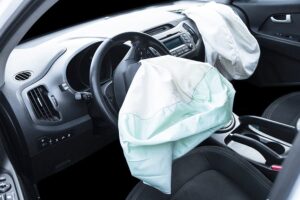
Common points of impact include:
- Seatbelts: Seatbelts keep you safe, but their design may cause one injury to prevent worse ones. For example, in an accident, a seatbelt should tighten against your body when the car brakes or comes to a sudden stop. This restraint keeps you from being thrown around inside or ejected from the vehicle. The seatbelt’s rapid and forceful tightening can, however, cause a chest contusion.
- Airbags: Much like seatbelts, airbags are a safety feature with the potential to injure an individual to spare them from a greater injury. The force of an airbag as it deploys may cause a chest contusion. An airbag may also deploy inappropriately when there has been no accident or an accident that should not have been severe enough to trigger the airbag.
- Steering wheels: Every driver has a preferred position in which they are most comfortable driving. However, this position isn’t always in accordance with the recommended distance between driver and steering wheel. If a driver is too close to the wheel, an accident’s impact may send the driver’s chest straight into the steering wheel, causing a chest contusion.
Anytime you are involved in a car accident, you are at risk of being battered and bruised. It is important to take care of yourself and understand the best way to proceed after the accident has occurred.
What Are the Most Common Car Accident Chest Contusion Injuries?
Given the number of organs located in the chest, injuries to the underlying organs as the result of a chest contusion are likely. A chest contusion can result simply in swelling and discomfort or can be so extreme that it affects the heart or lungs, sometimes so severely that it is fatal. The severity of the injury depends entirely on the amount of force applied to the chest during the car accident.
The injuries that may result from a chest contusion include:
- Myocardial contusion: A myocardial contusion is a bruise on the heart. This type of injury can affect the heart’s nerve and muscle tissue, jeopardizing the heart’s ability to contract and pump blood throughout the body. If the impact is severe enough, the injured person might die immediately.
- Pulmonary contusion: A pulmonary contusion affects the lungs and is particularly dangerous because the injured person may not immediately realize that they have been injured. Blood and fluid may build up in the lungs, reducing the amount of oxygen the body receives. Without proper treatment, bruised lungs can have life-threatening consequences.
- Broken ribs: Significant blunt force on the chest may break one or more ribs. There is generally little that can be done to help heal broken ribs, and the process can take several months. A common complication associated with broken ribs is pneumonia. Broken ribs can also increase the likelihood of other injuries, such as punctured or collapsed lungs.
- Pneumothorax: A pneumothorax is a collapsed lung. This occurs when air or fluid leaks into the space between the lung and chest cavity and often results from blunt chest injuries. The air or fluid puts pressure on the outside of the lung and causes it to collapse.
- Hemothorax: A hemothorax refers to pooling blood between the chest wall and the lung and is most commonly caused by either a broken rib or a chest contusion. Often a hemothorax and pneumothorax will occur simultaneously.
- Injuries to the abdominal organs: If the contusion also affects the abdominal region, it may cause injury to abdominal organs such as the spleen, liver, or small or large intestines.
Treatment of a chest contusion will depend on the associated injuries. Some injuries, such as a pneumothorax, may require surgery, while others may require the patient to simply live with the pain until the problem heals itself, as with a broken rib. Given the wide array of possible injuries, the exact effects of a chest contusion can be difficult to diagnose without extensive analysis.
How is a Chest Contusion Diagnosed?
On its face, a chest contusion sounds simple: a bruise to the chest. It is, however, a particularly deceptive and troubling injury. Because the blunt force that causes the chest contusion does not break the skin, there is often no external indicator of the extent of the injury. In fact, an injured person might not immediately realize that they have suffered internal damage.
A wide range of symptoms are associated with chest injuries, such as pain in the chest, swelling, difficulty breathing, crunching sounds in the ribs, bruising, coughing up blood, pale and clammy skin, nausea, or extreme thirst.
To understand the extent of an individual’s injuries, doctors may use a variety of methods and technology for diagnosing the extent of a chest contusion, including:
- X-Ray: A standard x-ray, which takes a static picture of the individual’s chest, can be very helpful in diagnosing chest contusion injuries such as clavicle fractures and rib fractures. X-rays are less accurate for injuries such as pneumothorax and hemothorax.
- MRI: Magnetic resonance imaging (MRI) uses magnets and radio waves to create pictures of the inside of the body. It is considered a safer option than a CT scan due to the lack of radiation involved. An MRI is most commonly used to locate soft tissue injuries.
- CT Scan: A CT Scan is most commonly used to diagnose lung issues resulting from a chest contusion. It is much faster than an MRI, but it does use radiation.
- Ultrasound: Ultrasound is a non-invasive option for diagnosing lung complications resulting from a chest contusion. Unlike an X-Ray, which only provides a static image, ultrasound imaging uses sound waves to create a live image of what is happening in the body in real time.
- Surgery: In some extreme circumstances, doctors need to perform surgery to diagnose the full extent of internal damage.
While it is important to accurately diagnose and treat chest contusions, they can be particularly costly given the expensive procedures required to diagnose the extent of the injury. Unfortunately, chest contusions are incredibly common car accident injuries.
What to Do After a Car Accident
The important thing to do after an accident is to remain calm. The second most important thing to do after a car accident is to seek medical attention. While it is always important to put your well-being first, this step is particularly important in the case of chest contusions. Some of the resulting injuries from a chest contusion may not cause immediate pain, so you may not believe you need medical care. Prompt medical care will, however, ensure that these injuries are immediately diagnosed and treated, potentially avoiding costly and life threatening complications.
Prompt medical attention is also important to ensure that you seek full compensation for your injuries. In a lawsuit or in a claim against an insurer, the other party may argue that your failure to seek prompt medical attention should limit your ability to fully recover damages. They may try to argue that your delay worsened your injuries unnecessarily.
It is also important to secure a police report, which will compile information that may help prove fault. The police will catalog the names and contact information for witnesses, take photos of the accident scene, and issue citations against any party who violated a traffic law or regulation. Citations are a helpful element in showing that someone else was at fault.
In Washington, if you don’t secure a police report, you are still required to submit a collision report to Washington State Patrol if property damage exceeds $500 or any person was injured in the accident.
After securing a police report and tending to your medical needs, you may find yourself overwhelmed by the next steps in ensuring you receive a full recovery for your injuries. These steps include:
- Determining whether another party was at fault for the accident. Other parties who may have contributed to the accident can include another driver who acted negligently, the car manufacturer if the car’s function contributed to the accident, or local government for failing to properly maintain the roadway.
- Calculating the damages to which you are entitled as recovery for your injuries. This can include straightforward amounts, such as doctor’s bills, hospital bills, and loss of salary or wages. It can also include damages that are much more difficult to calculate, such as future lost earnings, future medical costs, pain and suffering, or emotional distress. Some of these damages may require input from experts such as medical professionals and accountants.
- Developing a strategy for recovery. Each case is unique and requires its own case strategy. In some cases, it may make sense to seek recovery from an insurance provider. In others, the plan may be to take the case to a jury trial. Some cases may have the ultimate goal of reasonable settlement with one or more of the negligent parties. An appropriate strategy will need to account for all of the facts of your case.
One of the best ways to ensure that you thoroughly and tactically approach the steps above is to hire an experienced car accident attorney.
Do You Need Help or More Information?
A car accident injury produces enough stress to prevent many people from thinking beyond their immediate medical needs. If you were not responsible for the accident, you will need to think about how you will recover the damages you are due for your injuries. An attorney can help take the weight of these considerations off your shoulders and ensure that you cover all of your bases, giving you the time and mental relief to focus on your recovery.
Boohoff Law
2200 6th Avenue, Suite 768
Seattle, WA 98121
(877) 999-9999
Free Consultation
We Are Here For You 24/7
Reviews
– Elissa M.
“Really pleased with Boohoff Law! Received immediate responses when I had any questions. Treated amazingly by all staff … made this process a true breeze!”
– Caitlyn M.
– Brandy K.
Related Posts
Lowball Offer for Your Totaled Car? What To Do When Your Car Was Totaled and the Insurance Offer Seems Too Low
Wrecked Without a Buckle: Can I File a Claim if I Wasn’t Wearing a Seatbelt in a Car Accident?
Sidelined by a Sudden Door? Figuring Out Who Is Liable in a Dooring Bicycle Accident
Recovery is personal.
We’re here for you.
We’re close by. And if you can’t make it to us, we’ll meet you where you need us, at home or in the hospital.
You're better off with Boohoff.
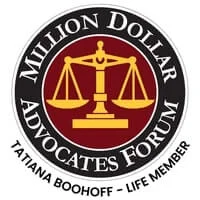

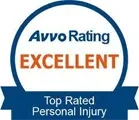
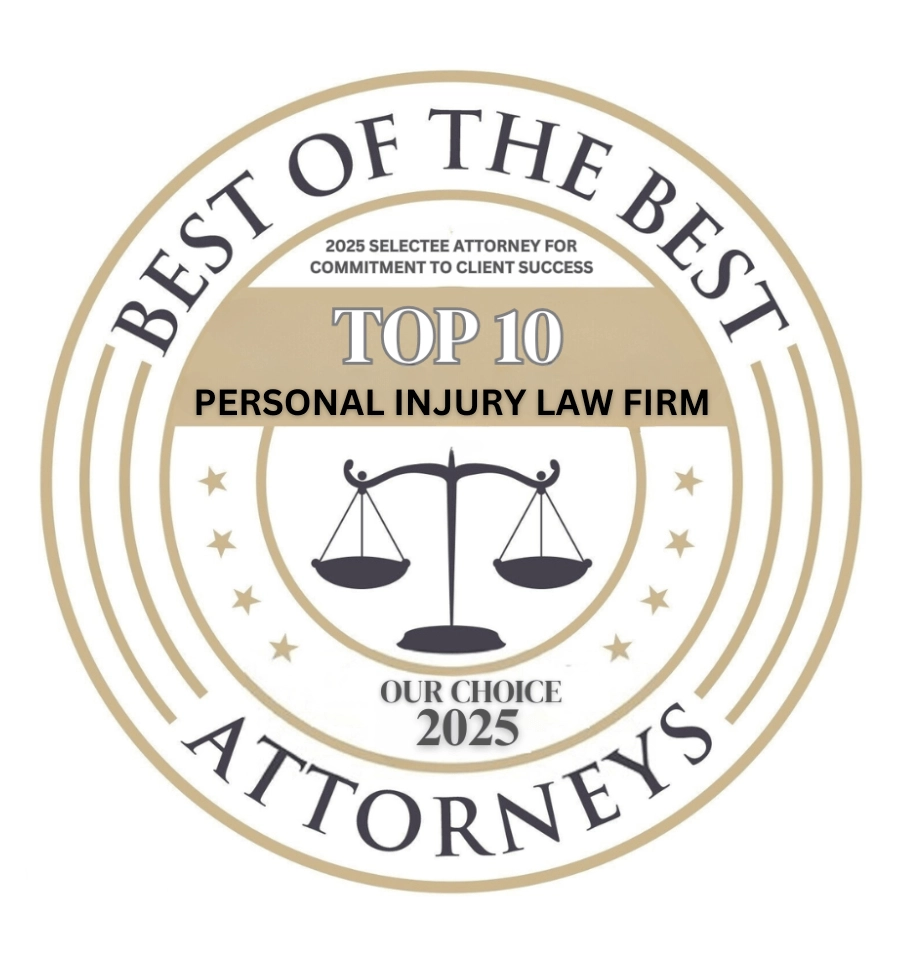
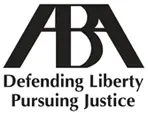
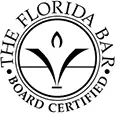
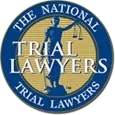




The information on this website is for general information purposes only. Nothing on this site should be taken as legal advice for any individual case or situation. This information is not intended to create, and receipt or viewing does not constitute, an attorney-client relationship.
available 24/7
(877) 999-9999
